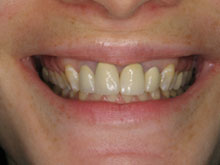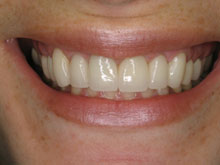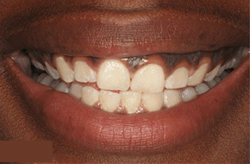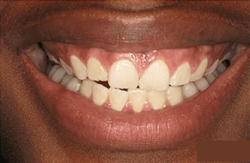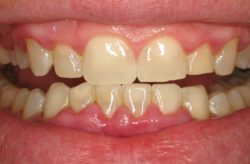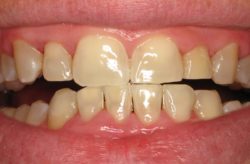How To Prevent Periodontal Disease
Maybe you don’t know what “periodontal disease” is, but we can almost guarantee you know about gingivitis and gum disease. You’ve probably heard about those in any toothpaste, toothbrush, and mouthwash ad you’ve ever seen!
Gingivitis is the beginning stages of gum or periodontal disease, and it’s something you need to treat quickly before it progresses or affects your overall health. Better yet, take care of your teeth and gums so you never get it at all! To know how to stop periodontal disease, it’s best to be proactive.
What’s In Your Pockets?
Gum disease begins as inflammation caused by bacteria. These bacteria are the kind that don’t need oxygen to survive; they thrive in deeply inflamed pockets around your gums. How do they get there in the first place? Remember that night you skipped brushing? That’s one way. Think that flossing isn’t really important? That’s another way.
Anything you consume leaves food for bacteria. When they excrete it, it becomes a sticky film called plaque, which contains inflammatory toxins. When your gums swell and bleed, they leave room for additional plaque to build up and harden below the gumline. Periodontal disease treatment involves having your dentist remove those calcified deposits.
Periodontal Disease Home Treatments: Prevention Comes First
The best way to prevent gum disease is to brush your teeth, at least twice a day; and floss at least once per day. You can take the preventative measures up a notch by rinsing with an antiseptic mouthwash to lift away any remaining food particles.
If your gums bleed when you brush or floss, you probably have gingivitis. Make an appointment to see your dentist for a periodontal exam and cleaning. The hygienist will check the depth of the pockets and clean them out. After your professional cleaning, you should be able to keep your teeth and gums free of plaque and bacteria with regular daily oral hygiene. Keep your semi-annual appointments to make sure you don’t have a set-back!

